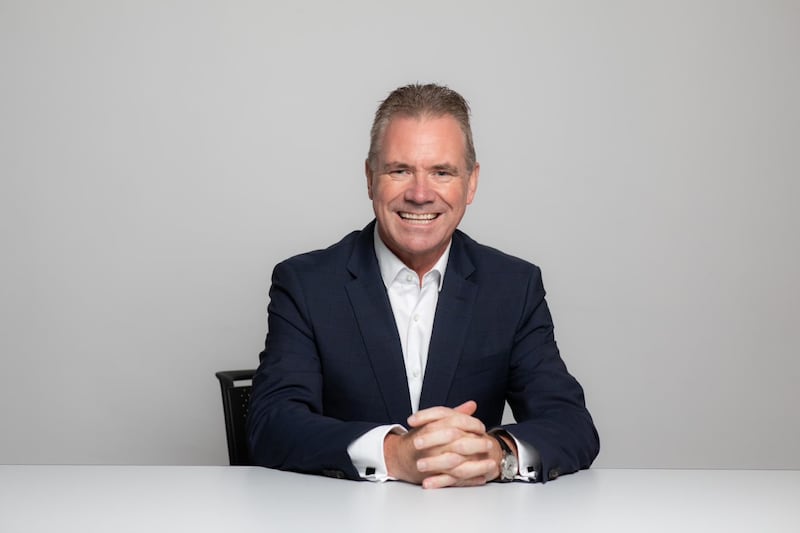Confusion
“Since Covid, employers are still trying to figure out what is the future of work, and what does the office of the future look like? They are still trying to understand what works – is it more open plan and hot desking or is it more enclosed office space? And the number of days they want people in, is that set or are they going to ramp it up? They are looking for flexibility because they don’t have all the answers.” Joe McGinley, chief executive, Iconic Offices
Think about the youngsters
“Young people in particular need a culture. We all know the benefits of in-person onboarding but in a lot of cases it’s not happening. The danger for employees who have never seen an office is that work becomes a transactionally based relationship: I give you 37.5 hours of my time in return for X amount of money. If the next employer offers them more, they’ll go.” Joe McGinley
Flexibility
“The traditional work model, which confined employees to more rigid schedules and office spaces, is gradually being replaced by a more flexible approach. This shift in the way we work has been driven by numerous factors, including advancements in technology, changing employee expectations, and the need for work-life balance.” Frank Gleeson, president and chief executive, Aramark northern Europe

Culture is key
“In the contemporary workplace, company culture has emerged as a significant driver in the decision-making process. More and more employees are seeking organisations that offer a positive work environment, align with their values and foster a strong sense of belonging. Meeting these expectations is important for attracting and retaining top talent, fostering employee engagement and driving organisational success.” Frank Gleeson
READ MORE
Get social
“The traditional office space has evolved and we are moving to multifunctional spaces and creating social hubs for employees to engage while at work. Creating leisure or ‘timeout’ zones for employees is another important area for businesses to consider when assessing their workspaces. For some employees, having previously worked full-time at home and then returning to the office in some capacity, these areas are important to factor into the workspace from a recruitment and retention perspective.” Frank Gleeson
Retain, retain, retain
“Talent shortages have resulted in greater focus being placed on employee retention initiatives, the provision of a variety of wellbeing programmes and greater accommodation of flexible, hybrid or remote working. Businesses that stay ahead with talent retention initiatives and measure their successes are best placed to attract and retain staff.” Stephen Driver, head of advocacy strategic business lead employer relations, Ibec
Equitable and inclusive
“While hybrid working is now a common feature across desk-based roles the challenge for organisations will be to try to find an equitable flexibility approach to work for frontline workers without adversely impacting overall performance.” Stephen Driver
Sustained wellbeing
“Organisations are focusing more on sustainable performance, particularly in the context of wellbeing. This involves looking at a wide variety of strategies to support employees, such as proactive rest, in particular disconnecting from work to help employees maintain and improve their emotional resilience, work rhythm and performance. Coaching managers on navigating new individuals’ needs within their teams is a critical step in this strategy.” Stephen Driver

Sense of place
“Hybrid working is here to stay: 52 per cent of Irish respondents to PwC’s 2022 Workforce Hopes and Fears survey prefer some mix of in-person and remote work. Remote and hybrid working is bringing greater flexibility in the workplace. This is a good thing as, in our experience, it leads to improved productivity and a better work-life balance. However, the blend of where we work and how we make the most appropriate use of technology is a constant evolution and leaders need to continue to pay close attention to how effectively it’s working for their employees and their business.” Laoise Mullane, director, people and organisation, PwC
The chatbots are here
“The interaction between humans and AI will increase in the future. It is automating work, making work less mundane and making jobs more interesting. It should increase productivity and efficiency where employees can be much more productive in the tasks that they do. However, it requires an understanding of the risks involved as well as constant reskilling and upskilling. PwC’s 2022 Workforce Hopes and Fears survey revealed nearly three out of 10 are concerned about their role being replaced by technology in the next three years.” Gerard McDonough, partner, people and organisation, PwC
















